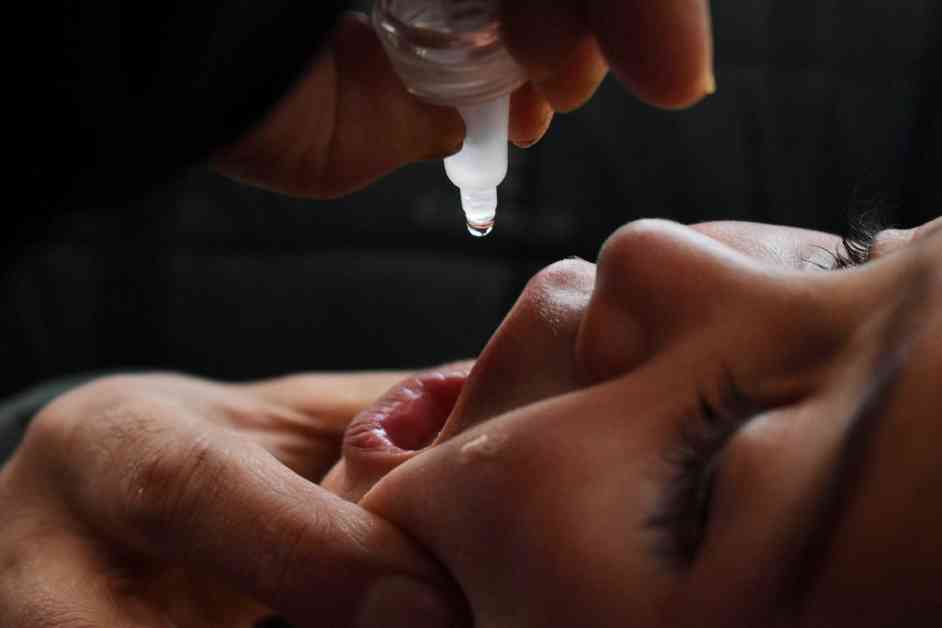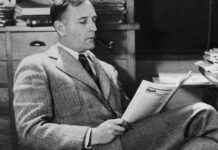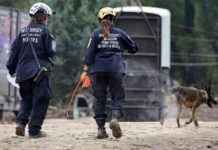Grace Rossow, a 32-year-old surgery case coordinator in Springfield, Ill., has faced the lifelong consequences of polio since she was nine months old. Polio, a vaccine-preventable disease, attacks the nervous system and can lead to death or permanent paralysis in severe cases. For Rossow, the disease resulted in the loss of function in her entire left leg, forcing her to navigate life with the constant fear of slipping or buckling. Her struggles are a stark reminder of the impact of polio, a disease that once plagued communities across the U.S.
Rossow’s story is just one example of the devastating effects of polio, a disease that nearly disappeared from the U.S. thanks to widespread vaccination efforts. However, experts warn that the threat of a polio resurgence looms large, with potential risks posed by changing vaccination rates and anti-vaccine sentiments. Patsy Stinchfield, a pediatric nurse practitioner and former president of the National Foundation for Infectious Diseases, emphasizes the importance of maintaining high vaccination levels to prevent outbreaks.
Challenges to Polio Eradication
Despite the success of polio vaccination programs, recent developments in vaccine skepticism and misinformation raise concerns about the future of disease control. The appointment of individuals with anti-vaccine sentiments to key positions in the Trump administration has sparked fears among public health experts. Robert F. Kennedy, Jr., whom President Trump nominated to lead the Department of Health and Human Services, has expressed controversial views on vaccines, potentially undermining public trust in vaccination efforts.
Moreover, the recent COVID-19 pandemic has disrupted routine immunization schedules, leading to a decline in pediatric vaccination rates. This trend, coupled with the increasing prevalence of nonmedical vaccine exemptions, poses a significant risk to the maintenance of herd immunity against polio. The potential for a polio outbreak in the U.S. remains a looming threat, with vulnerable populations at heightened risk of infection.
The Resurgence of Polio
The emergence of vaccine-derived poliovirus type 2 (VDPV2) presents a new challenge to polio eradication efforts. VDPV2, a mutated form of the oral polio vaccine virus, has been responsible for outbreaks in several countries, including regions with previously eliminated polio. The instability of the oral vaccine virus poses a risk of reversion to its paralytic form, leading to a resurgence of polio cases.
In addition to VDPV2, the circulation of wild type 1 poliovirus in countries like Afghanistan and Pakistan raises concerns about global polio transmission. The potential for cross-border spread of the virus underscores the need for sustained vaccination efforts and international cooperation to prevent outbreaks. Experts like James Cherry, a pediatrics professor, emphasize the importance of vaccination in controlling the spread of poliovirus and protecting vulnerable populations from infection.
As the threat of polio resurgence looms, the experiences of polio survivors like Grace Rossow serve as a poignant reminder of the impact of the disease. Rossow’s resilience in the face of lifelong challenges highlights the importance of maintaining high vaccination rates to protect future generations from the devastating effects of polio. The battle against polio is far from over, but with continued vigilance and commitment to vaccination, we can strive towards a polio-free world.















